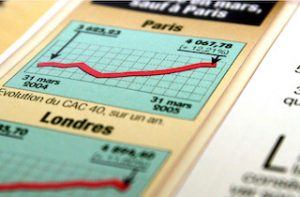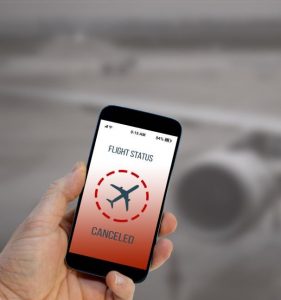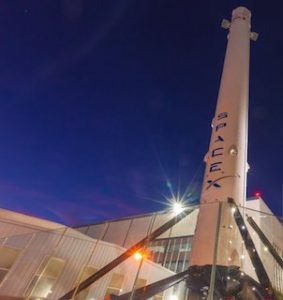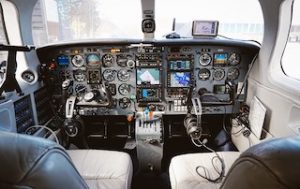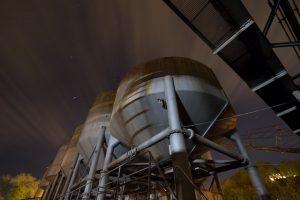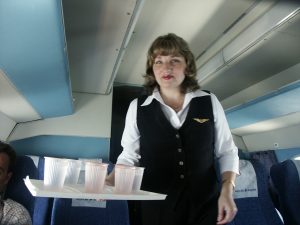Rates Of Top Rated Aviation Schools
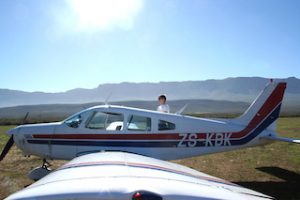 Pursuing a career in aviation is a dream for many, but one of the most daunting aspects of this journey can be the cost of training at flying schools. Aspiring pilots often find themselves facing exorbitant fees that can reach tens of thousands of dollars. Understanding the reasons behind these high costs is essential for anyone considering a career in aviation. In this article, we will explore the factors that contribute to the pricing of flying schools, particularly at top-rated aviation schools, and what students can expect for their investment.
Pursuing a career in aviation is a dream for many, but one of the most daunting aspects of this journey can be the cost of training at flying schools. Aspiring pilots often find themselves facing exorbitant fees that can reach tens of thousands of dollars. Understanding the reasons behind these high costs is essential for anyone considering a career in aviation. In this article, we will explore the factors that contribute to the pricing of flying schools, particularly at top-rated aviation schools, and what students can expect for their investment.
Quality education at top rated aviation schools
High standards of training: The primary reason top rated aviation schools charge high tuition fees is the commitment to maintaining high standards of training. Top-rated aviation schools prioritize safety, quality, and thoroughness in their programs. This commitment requires substantial investments in facilities, equipment, and instructors.
State-of-the-art facilities: Top-rated aviation schools invest in state-of-the-art training facilities, including modern classrooms, advanced flight simulators, and well-maintained aircraft. These resources enhance the learning experience and ensure students are well-prepared for real-world flying scenarios. The costs associated with maintaining these facilities are reflected in tuition fees.
Comprehensive curriculum: The curriculum at top-rated aviation schools is often comprehensive, covering not only flying skills but also essential knowledge areas such as aerodynamics, meteorology, navigation, and aviation regulations. This breadth of training requires significant resources, contributing to the cost of education.
Operational costs
Aircraft maintenance and operation: Flying schools incur substantial operational costs related to the aircraft used for training. Regular maintenance is crucial to ensure safety and compliance with aviation regulations. Additionally, fuel prices can fluctuate, adding to the overall cost of providing flight training. These expenses are often passed on to students through higher tuition fees.
Instructor salaries: Highly qualified instructors are essential for quality training. Top-rated aviation schools often employ experienced flight instructors who have extensive industry backgrounds. The salaries and benefits for these professionals contribute significantly to the overall operating costs of the school, which can be reflected in tuition fees.
Insurance costs: The aviation industry is heavily regulated, and insurance is a significant expense for flying schools. Schools must carry liability insurance and coverage for their aircraft, which can be costly. These expenses are essential for protecting the school and its students and are often included in the fees.
Regulatory compliance
Meeting FAA standards: In the United States, flying schools must comply with Federal Aviation Administration (FAA) regulations, which set rigorous standards for training programs. Meeting these standards requires additional resources, including documentation, reporting, and regular audits. The costs associated with maintaining compliance can lead to higher tuition rates.
Accreditation costs: Many top-rated aviation schools seek accreditation from professional organizations, which involves rigorous evaluation processes. Achieving and maintaining accreditation can require significant investment in resources and training, contributing to the overall cost of education.
High demand for pilot training
Growing pilot shortage: The aviation industry is currently experiencing a shortage of qualified pilots, driving up demand for training. As more individuals seek to enter the field, flying schools can charge higher fees due to increased interest. This dynamic creates a competitive environment where top-rated aviation schools can justify their tuition rates based on the high demand for their programs.
Limited availability of training slots: Top-rated aviation schools often have limited slots available for new students due to the necessity of maintaining a safe student-to-instructor ratio. This scarcity can lead to increased tuition as schools capitalise on the high demand for their programs.
Program length and structure
Length of training programs: Pilot training programs can vary in length, often requiring several months to a few years to complete. The longer the training, the higher the costs associated with tuition, instructor time, and aircraft usage. Many top-rated aviation schools offer intensive programs designed to prepare students quickly but effectively, contributing to higher fees.
Multi-stage training: Most pilot training programs consist of multiple stages, including private pilot, instrument rating, commercial pilot, and possibly flight instructor ratings. Each stage incurs separate costs for instruction, materials, and flight hours. Students should consider these cumulative expenses when evaluating the overall cost of their training.
Additional resources and support
Career services and networking opportunities: Top-rated aviation schools often provide robust career services and networking opportunities for their students. These services can include job placement assistance, internships, and connections with industry professionals. While these offerings enhance the educational experience, they also contribute to the overall cost of tuition.
Advanced learning tools: Many aviation schools use advanced learning tools and technologies, such as online platforms, simulation software, and interactive learning environments. These resources improve student engagement and comprehension but come with associated costs that can be reflected in tuition fees.
Financial aid and scholarships
Availability of financial aid: While the costs associated with flying schools can be high, many top-rated aviation schools offer financial aid options to help alleviate the burden. Students can often apply for federal student loans, grants, and scholarships specifically designed for aviation training. Understanding these options is crucial for prospective students seeking to finance their education.
Scholarships for aspiring pilots: Some aviation schools and industry organisations provide scholarships to help aspiring pilots cover tuition costs. These scholarships can be based on merit, need, or specific criteria related to aviation. Researching available scholarships can significantly reduce the financial burden of training.
Value of investing in aviation training
Long-term career potential: Despite the high upfront costs of flying school, many students find that the investment pays off in the long run. A career as a pilot can offer substantial earning potential, particularly for those who advance to commercial or airline pilot positions. Graduates from top-rated aviation schools often secure employment with competitive salaries, helping to justify their training expenses.
Building a professional network: Attending a respected aviation school allows students to build a professional network that can be invaluable throughout their careers. Connections made during training can lead to job opportunities, mentorship, and industry insights that are difficult to attain independently.
Quality education and safety: Ultimately, the costs associated with top-rated aviation schools reflect the quality of education and emphasis on safety. Investing in a comprehensive training program ensures that graduates are well-prepared to meet the challenges of the aviation industry, contributing to their long-term success.
Costs of aviation training
Flying schools charge exorbitant fees for various reasons, from operational costs and regulatory compliance to the quality of education provided. Aspiring pilots must recognize the value of their investment in training at top-rated aviation schools. While the costs may seem daunting, the potential for a rewarding and lucrative career in aviation can make it worthwhile.
Prospective students should thoroughly research their options, explore financial aid opportunities, and consider the long-term benefits of attending a respected aviation school. By understanding the factors that contribute to tuition fees, aspiring pilots can make informed decisions about their education and take confident steps toward achieving their dreams of flying. The journey to becoming a pilot may be costly, but it is also an investment in a future filled with opportunity and adventure in the skies.


